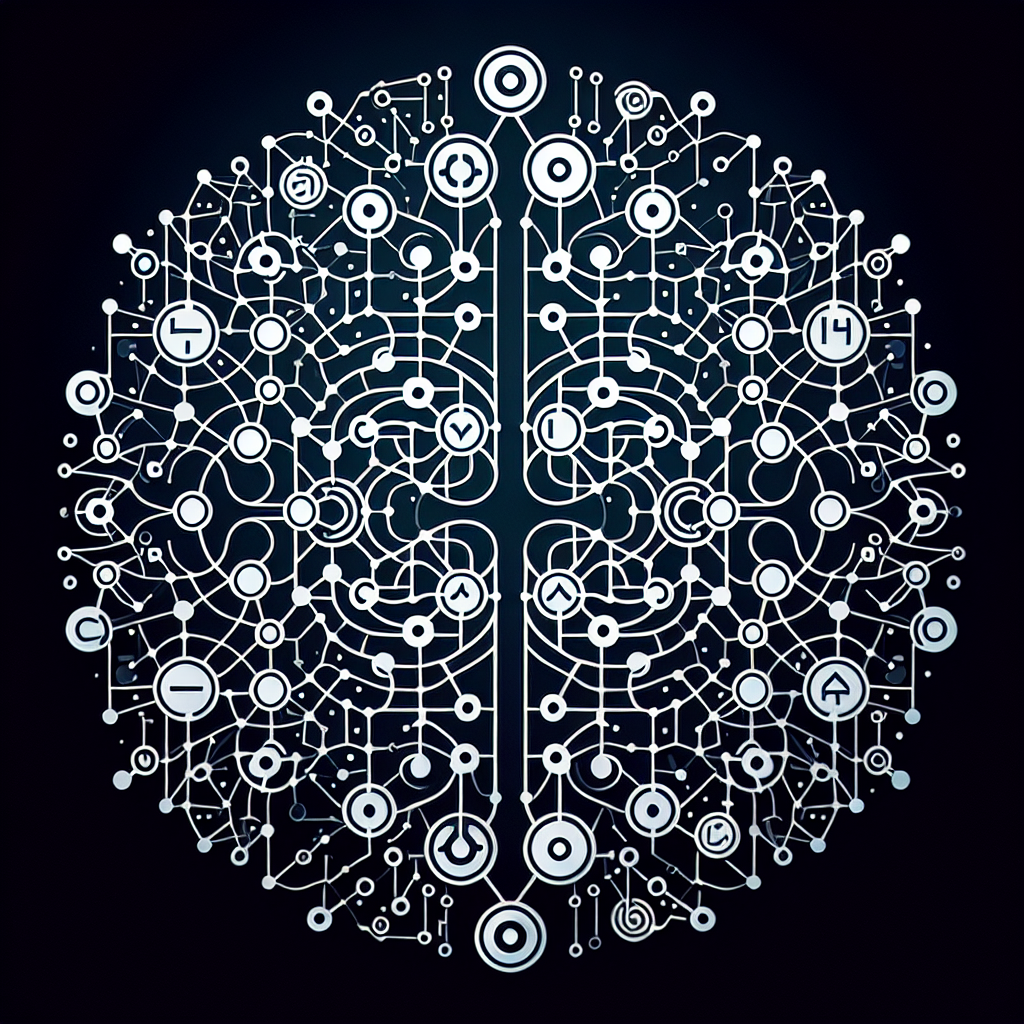Fix today. Protect forever.
Secure your devices with the #1 malware removal and protection software
Convolutional Neural Networks (CNNs) have revolutionized the field of deep learning, enabling machines to recognize patterns and make sense of complex data such as images, videos, and text. With the rise of artificial intelligence and machine learning, understanding CNNs has become a crucial skill for data scientists and engineers.
In this article, we will delve into the inner workings of CNNs and provide a comprehensive guide to deep learning with two popular frameworks, PyTorch and TensorFlow. By the end of this article, you will have a solid understanding of how CNNs work and how to implement them in your own projects.
What is a Convolutional Neural Network?
A Convolutional Neural Network is a type of deep neural network that is specifically designed for processing and classifying visual data. CNNs are inspired by the structure of the human visual cortex, which is composed of layers of neurons that detect edges, shapes, and textures in images.
The key components of a CNN are convolutional layers, pooling layers, and fully connected layers. Convolutional layers apply filters to the input data to extract features, pooling layers reduce the dimensionality of the data, and fully connected layers classify the features into different categories.
Cracking the Code of CNNs with PyTorch and TensorFlow
PyTorch and TensorFlow are two of the most popular deep learning frameworks for building and training CNNs. Both frameworks offer a wide range of tools and libraries that make it easy to implement complex neural networks.
To get started with PyTorch, you can use the torchvision library, which provides pre-trained models and datasets for image classification tasks. You can also build your own CNN architecture by defining the layers, activation functions, and loss functions using PyTorch’s nn.Module class.
Similarly, TensorFlow provides the Keras API, which simplifies the process of building and training CNNs. You can use the tf.keras.layers module to create convolutional, pooling, and fully connected layers, and the tf.keras.optimizers module to define the optimizer for training the model.
Tips for Training CNNs
Training a CNN requires careful tuning of hyperparameters such as learning rate, batch size, and number of epochs. It is important to monitor the training and validation loss to ensure that the model is learning effectively and not overfitting to the training data.
Data augmentation techniques such as rotation, scaling, and flipping can also help improve the performance of CNNs by providing more diverse examples for training. Additionally, transfer learning, where you fine-tune a pre-trained model on a new dataset, can save time and resources when working on similar tasks.
In conclusion, Convolutional Neural Networks are a powerful tool for solving complex visual recognition tasks, and understanding how to implement them with frameworks like PyTorch and TensorFlow is essential for anyone working in the field of deep learning. By following the tips and techniques outlined in this article, you can crack the code of CNNs and harness their potential for your own projects.
Fix today. Protect forever.
Secure your devices with the #1 malware removal and protection software
#Cracking #Code #Convolutional #Neural #Networks #Guide #Deep #Learning #PyTorch #TensorFlow,understanding deep learning: building machine learning systems with pytorch
and tensorflow: from neural networks (cnn

Leave a Reply
You must be logged in to post a comment.